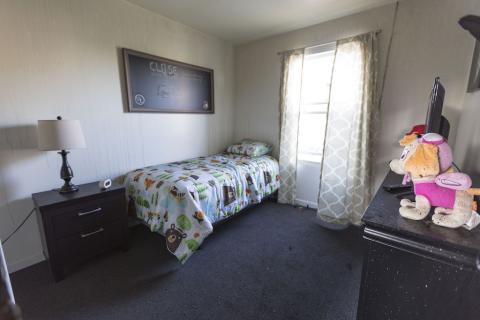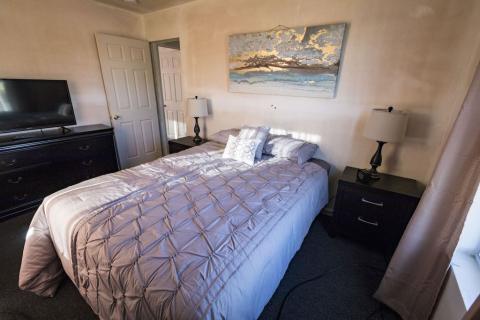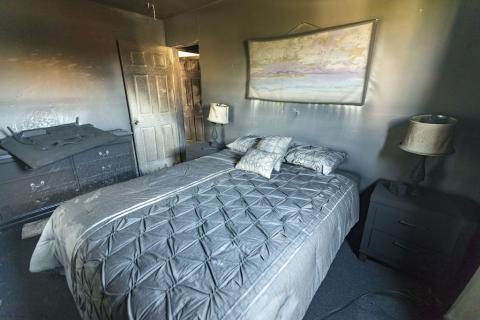
On October 10, 2017 the FSRI team conducted a full-scale experiment in 1200 sq. ft ranch style house to demonstrate the importance of closed doors as a passive fire protection measure. The burn was held at the Delaware County Emergency Services Training Center in Sharon Hill, PA, where FSRI had constructed the model home for other fire research. The doors to two bedrooms were closed, while a third bedroom’s door was left open. The fire, set in the living room, was allowed to burn until it started to become ventilation limited. At this point the front door was opened. Approximately ten minutes after ignition, suppression occurred. Within that time levels of heat, oxygen and other gases all reached life-threatening levels in the room with an open door while the rooms with closed doors maintained conditions that were far more tenable. Temperature and carbon monoxide measurements made 4 ft above the floor from the living room, hallway, open bedroom, and closed bedroom are included in the table below.
Table 1: Peak Values Prior to Suppression @ 4 ft Above the Floor
| Room | Temperature (deg. F) |
Carbon Monoxide (ppm) |
Impact of Carbon Monoxide Inhalation* |
|---|---|---|---|
| Living Room | 1400 | N/A | N/A |
| Hallway | 750 | 10,000 | Fatal within 1-3 minutes |
| Open Bedroom | 500 | 6,000 | Headache, dizziness and nausea within 1-2 minutes. Fatal within 10-15 minutes. |
| Closed Bedroom | 100 | 600 | Dizziness, nausea and convulsions within 45 minutes. Fatal within 2-3 hours. |
Before and After Images
Use the sliders to explore before and after images from the living room (ignition room), closed bedroom, and open bedroom.


Before and After Images of the Living Room.


Before and After Images of the Closed Bedroom.


Before and After Images of the Open Bedroom.

